Building activities are perennial favorites with students of all ages. Although there’s no one building set that’s best for all activities, here are two options — a commercial and a homemade set — that we’ve found to be particularly good for our modules.
Commercial Building Sets
NOTE: We receive no financial support, free product, or sponsorships from any companies or products mentioned. Any recommendations are purely from personal experience.
There are almost unlimited choices when it comes to “STEM” building sets offered by dozens of manufacturers. Most do provide engaging hands-on activities for children. However, there are two sets we recommend as particularly well-suited for use in a science club setting: the Thames and Kosmos Physics Workshop and the Thames and Kosmos Solar Physics Workshop. Pieces within these sets are interchangeable. I obtained a dozen of these sets thirteen years ago with a grant, one of my best science club investments.

Here’s why these building sets have really won our favor:
- Pieces are exceptionally strong. After 13 years of hard use with elementary school students not one piece from my twelve sets has been broken or worn out.
- Pieces are large enough so they are hard to lose. I’ve lost no pieces in 13 years.
- Pieces are uniform and well-made.
- Most of the smallest pieces are bright red in color, easy to locate when dropped on carpeted floors.
- Projects assembled with these pieces are sturdy.
- Projects are easy to take apart using the supplied tool or a pencil with an intact eraser end.
- Instructions for projects in the manual are exceptionally clear and include photographs.
- Components are versatile and can be used for “off label” projects, such as building catapults strong enough to hurl ping pong ball projectiles across the room, and wheeled vehicles sturdy enough to carry many times their weight. (Stay tuned for those modules!)
- Customer service is excellent.
- The cost is no more than for other high-quality brands, and deep discounts can often be found online.
My only caveat is that solar powered machines or vehicles perform much better in sunlight than artificial light.
The manuals for both sets can be downloaded online (Physics Workshop Part 1 & Part 2, and Solar Physics Workshop). The manuals include pictures of the set components as well as project instructions.
Homemade Building Sets
A serviceable and reasonably durable building set, suitable for tower building and similar challenges, can be assembled from corrugated cardboard. The very best cardboard is 1.5 to 2 mm thick with fine corrugations. This cardboard is often used to package bulk purchases of Apple electronics products, so you might check the IT departments of schools or libraries, or even your local Apple store to see if they have empty boxes on hand. Thicker cardboard can be used, but it’s not as strong and is much harder to punch clean holes in.
A large paper cutter makes for fast and accurate cutting. Most school have one or more of these on hand, and sometimes office supply stores, especially those with photocopy centers, have some for customer use. I typically cut one inch wide strips of cardboard, ensuring that the corrugations run lengthwise. This is very important. Cut the strips into 12, 6, and 3.5 inch lengths. Punch holes in the strips using a handheld ¼ inch paper punch. Don’t try to punch all of the holes in one session, and consider wearing an oven mitt or heavy work glove to protect your hand. In addition to these basic pieces you can cut plates or angled (bent) pieces to augment the students’ options. If any twelve or six inch long pieces are bent during use all is not lost. Depending on where the bend is, those pieces can be cut down into shorter lengths, with another hole added if need be.
Other Supplies:
Brass paper fasteners (preferably ¾ inches long with 8 mm diameter heads)
Brass plated are much less expensive than solid brass. ACCO brand fasteners are typically least expensive at ~ 2.5 cents each online. The fasteners are reusable, and are rarely damaged beyond repair unless dropped on a very hard surface and stepped upon. Brads with 5mm diameter heads will pull through the holes in the cardboard, while the legs of longer brads get in the way.
Wooden dowels (¼ inch diameter, four inches long)
Dowels can be purchased at a home center, hardware store, lumber yard or craft store, or in bulk online.
Empty sewing thread spools
Optional, for projects requiring wheels or pulleys.
The quantity of each cardboard component, brads, and dowels depends on the size of your group and the project. On paper, sketch what you envision a typical construction might look like, then calculate how many of each component is required. Quantity also depends on how you organize the building challenge. A “store” format where students choose which pieces and how many of each they’ll “buy” requires more materials than a format in which each student or team receives an identical “kit” of materials.
Are there other building sets you’ve had good experiences with? Designed a fantastic homemade kit? Found some great supplies to repurpose for building? We’d love to hear it! Drop us a note or leave a comment!
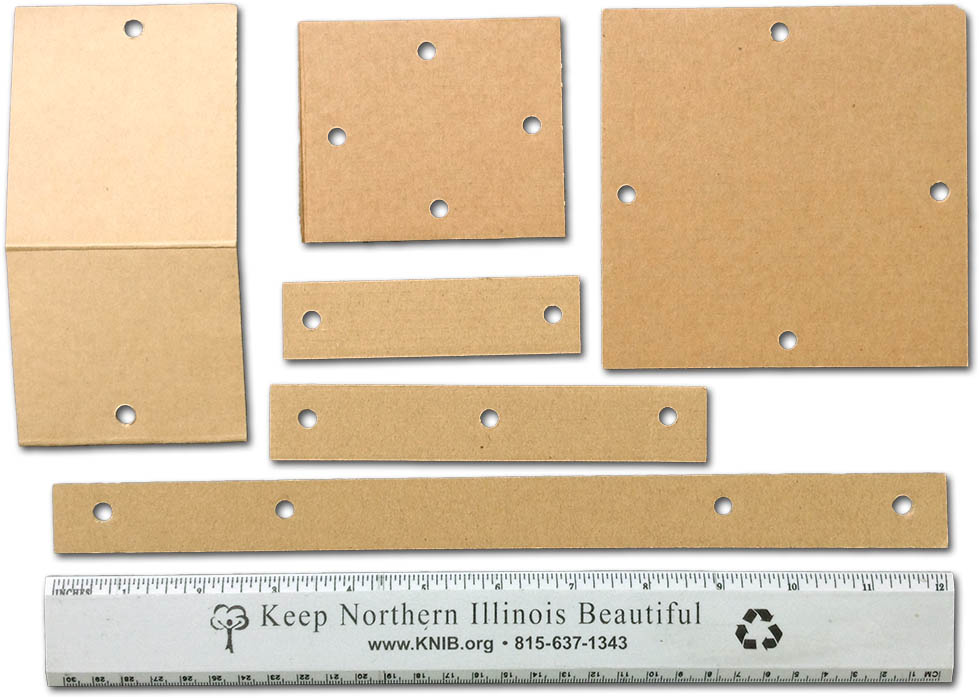

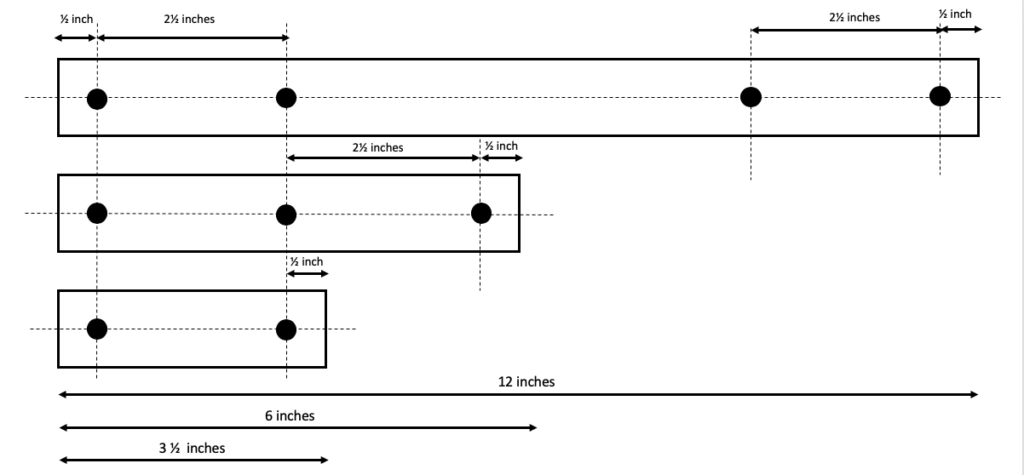
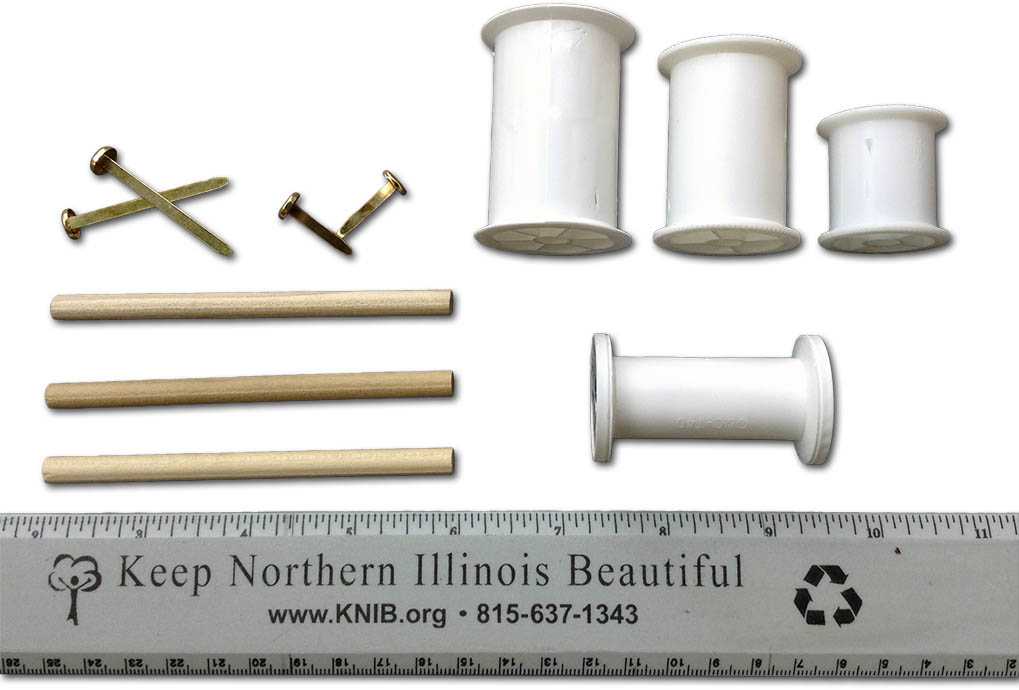
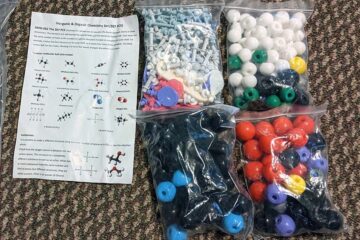
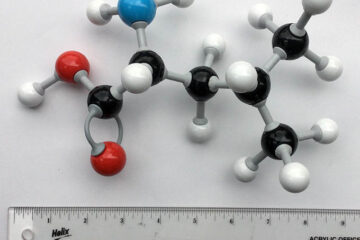
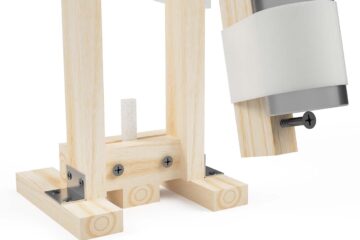
0 Comments